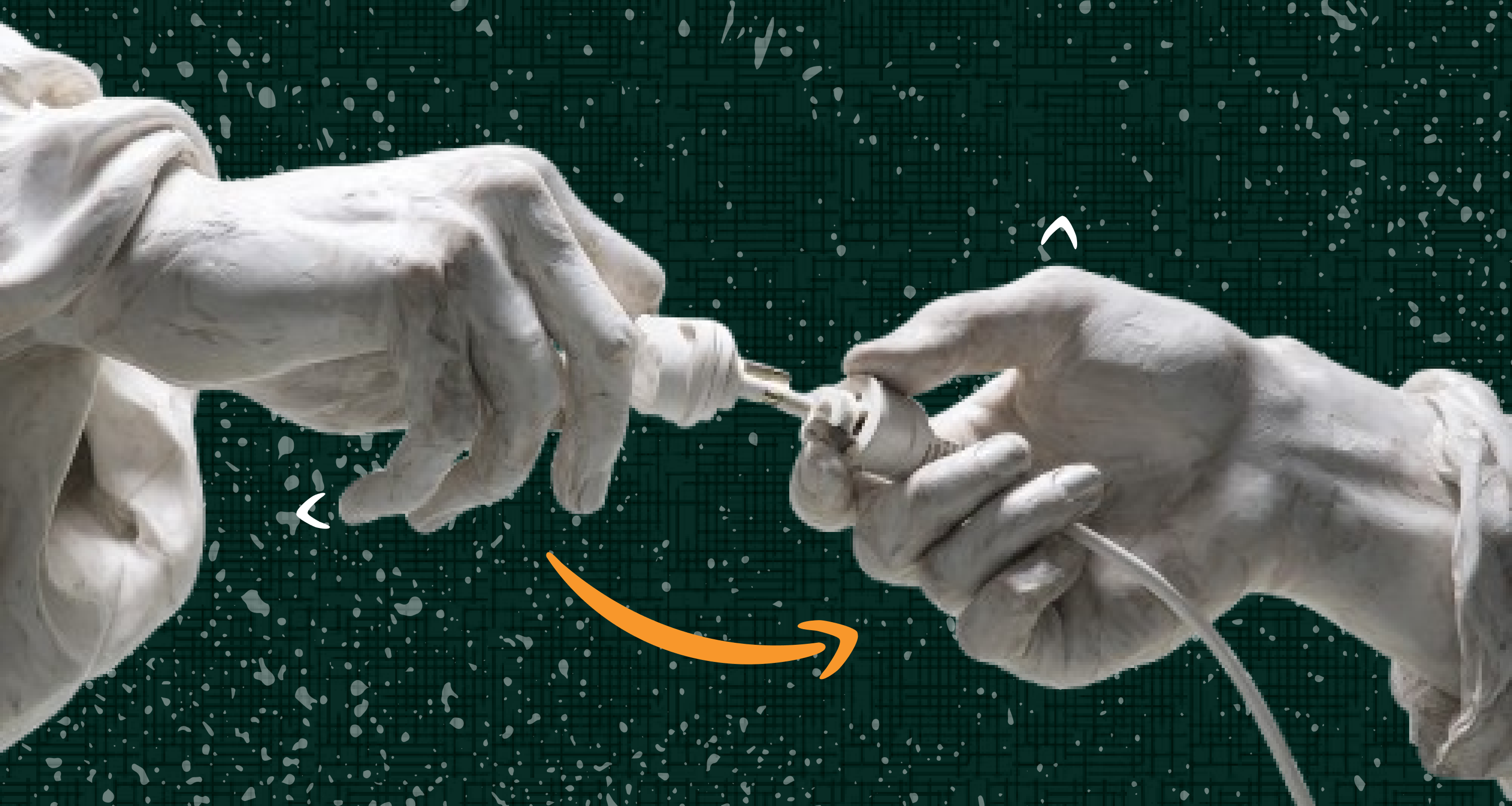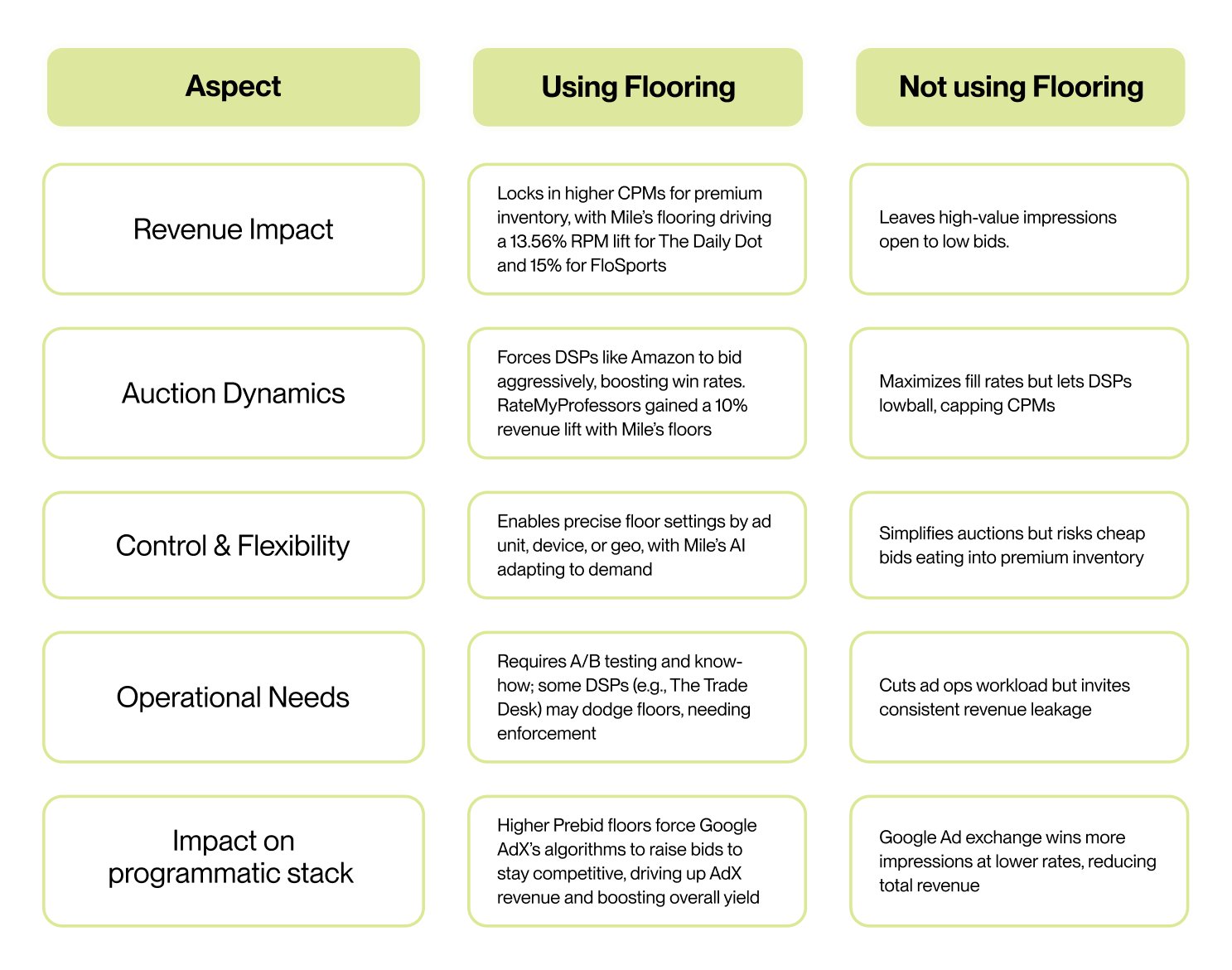Amazon DSP Now Integrates with Prebid: A Game-Changer for Publishers




Amazon’s recent launch of a dedicated Prebid adapter marks a pivotal shift in the programmatic advertising landscape. For publishers already leveraging Prebid’s open-source header bidding framework, this integration brings Amazon’s robust Demand-Side Platform (DSP) demand directly into your auction environment, streamlining operations and unlocking new revenue opportunities. This blog explores the context of this change, its impact on your programmatic strategy, the implications of using flooring versus running without it, and actionable steps to ensure you’re positioned to capitalize on this development.
Amazon’s DSP, with its first-party data firepower, has long been a premium demand source, but its reliance on proprietary setups like Transparent Ad Marketplace (TAM) or Unified Ad Marketplace (UAM) meant separate integrations, adding latency and complexity to your Prebid stack.
The new server-to-server (S2S) adapter changes this, embedding Amazon’s display, video, and audio demand directly into your wrapper. Running on AWS infrastructure, it cuts latency while boosting auction density, letting Amazon’s bids compete head-to-head with other partners.
Crucially, it brings Amazon’s demand into the open-source Prebid ecosystem, giving publishers more transparency, flexibility, and control than closed marketplaces allow. This move cements Prebid as your programmatic nerve center, demanding optimization to maximize yield in a cutthroat market.
Amazon DSP now competes alongside other bidders in your Prebid auction, eliminating the need for separate integrations. This simplifies configuration, reduces operational overhead, and ensures Amazon’s bids adhere to the same auction logic and timing as other partners. The result? Increased competition without added latency, driving higher CPMs and fill rates.
Publishers can expect a revenue uplift as Amazon’s premium demand, fueled by its first-party data, targets high-value audiences. Early adopters report CPM increases of 12 - 25% in competitive auctions, particularly for video and mobile inventory.
Amazon has phased out dynamic floors along with its legacy TAM and UAM setups, shifting price protection responsibilities to the Prebid wrapper
Previously, Amazon’s built-in floors provided guardrails to protect inventory value. Now, publishers must implement their own flooring strategies within Prebid to prevent low-value bids, especially on high-value impressions.
Publishers leveraging Prebid’s Price Floors Module or AI-driven solutions like Mile’s Dynamic Flooring see significant gains. For example, The Daily Dot achieved a 13.56% RPM lift on mobile inventory, while FloSports unlocked a 15% RPM increase across their stack, both using Mile’s real-time floor adjustments.
Amazon’s integration elevates Prebid from a wrapper to a central hub for programmatic revenue. With a major player like Amazon in the mix, Prebid’s market share and influence grow, requiring publishers to optimize bid timeouts, floors, and analytics to stay competitive.
Optimized Prebid setups can boost overall programmatic revenue by 10 - 30%, depending on inventory quality. Publishers neglecting optimization risk leaving money on the table as auction dynamics grow more complex.
Amazon’s decision to axe its built-in floors means publishers must choose between setting minimum CPMs in Prebid or running floorless auctions. Mile’s AI-driven dynamic flooring guards inventory value, while going floorless prioritizes bid volume. The table below compares these approaches for publishers running sophisticated Prebid stacks:

Mile’s AI-driven flooring delivers up to 20% RPM gains, making it a no-brainer for publishers aiming to maximize Amazon’s DSP demand.
To capitalize on Amazon’s Prebid adapter and protect inventory value, follow these steps:
Amazon’s Prebid adapter integration brings premium DSP demand into the open-source ecosystem, streamlining auctions and boosting revenue potential. By shifting pricing control to Prebid, publishers must adopt flooring to protect value.
Flooring’s revenue benefits outweigh its challenges for most. Publishers who integrate the adapter, adopt smart flooring, and optimize Prebid can unlock 10- 30% revenue gains.
If you’re looking to explore flooring solutions, reach out to us here.
Our AI engine analyzes audience behavior, content performance, and revenue patterns to provide real-time insights and recommendations. From dynamic content placement to automated reporting and yield optimization — it helps publishers focus more on storytelling and less on manual management.
Lorem Ipsum is simply dummy text of the printing and typesetting industry.

